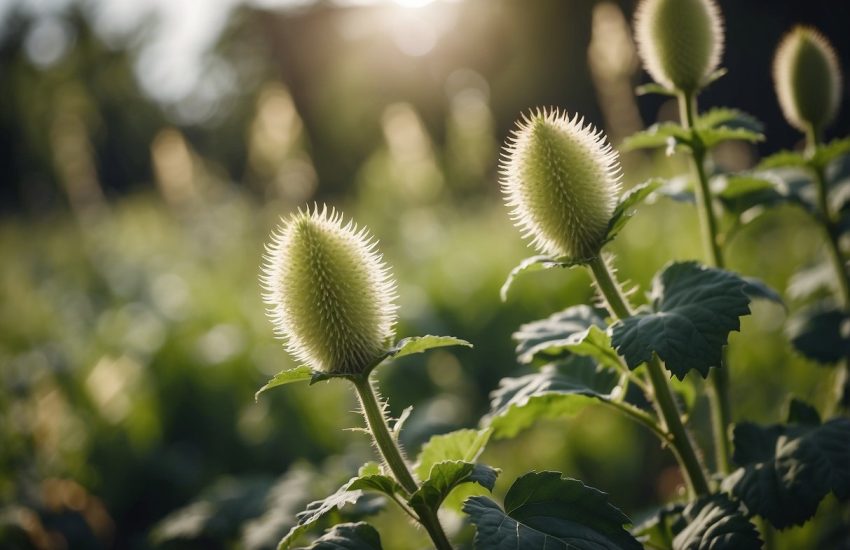Animals That Live in the Desert Biome: A Comprehensive Guide
The desert biome is a harsh and unforgiving environment, with extreme temperatures, scarce water sources, and little vegetation. Despite these challenges, many animals have adapted to survive in this environment. These animals have developed unique adaptations that allow them to thrive in the desert biome.

Desert animals come in a wide variety of shapes and sizes, from the smallest insects to the largest mammals. Some of the most well-known desert animals include camels, snakes, scorpions, and lizards. Each of these animals has developed unique adaptations that allow them to survive in the harsh desert environment.
One of the most important adaptations for desert animals is the ability to conserve water. Many desert animals have developed ways to store water, such as humps on camels or specialized kidneys in reptiles. Other adaptations include the ability to burrow underground to escape the heat, or to regulate body temperature through behaviors such as basking in the sun or seeking shade. Overall, the adaptations of desert animals are a testament to the incredible resilience and adaptability of the natural world.
Desert Wildlife and Habitats
The desert biome is home to a diverse range of animals that have adapted to survive in the harsh and arid conditions. These animals have evolved unique characteristics and behaviors that allow them to thrive in the desert environment.
Mammalian Inhabitants
Mammals that inhabit the desert biome include the fennec fox, meerkat, addax, camels, kangaroo rat, and jerboa. These animals have adapted to the desert environment by developing specialized physical and behavioral traits. For example, the fennec fox has large ears that help it dissipate heat and locate prey, while the kangaroo rat has specialized kidneys that allow it to survive without drinking water.
Many desert mammals live in burrows, which provide protection from predators and help regulate their body temperature. They are also often nocturnal or crepuscular, meaning they are active during the cooler hours of the day and night.
Reptiles and Amphibians
Reptiles and amphibians that inhabit the desert biome include the desert tortoise, scorpions, gila monster, and desert iguana. These animals have adapted to the desert environment by developing specialized physical and behavioral traits. For example, the desert tortoise can store water in its bladder and can survive for months without drinking, while the gila monster has venomous saliva that it uses to subdue prey.
Many desert reptiles and amphibians are also nocturnal or crepuscular, and they often seek shelter during the hottest parts of the day.
Birds of the Desert
Birds that inhabit the desert biome include the roadrunner and greater roadrunner. These birds have adapted to the desert environment by developing specialized physical and behavioral traits. For example, the roadrunner has long legs that allow it to run quickly on the ground, while the greater roadrunner can fly short distances to escape predators.
Many desert birds are also opportunistic feeders and will eat a variety of insects and small animals.
Insects and Arachnids
Insects and arachnids that inhabit the desert biome include ants, deathstalker scorpion, and tarantula. These animals have adapted to the desert environment by developing specialized physical and behavioral traits. For example, ants have evolved a social structure that allows them to efficiently forage for food, while the deathstalker scorpion has venomous stingers that it uses to subdue prey.
Many desert insects and arachnids are also active during the cooler hours of the day and night, and they often seek shelter during the hottest parts of the day.
Adaptation Strategies
Animals that live in the desert biome have developed various adaptation strategies to survive in the harsh and extreme environment. These strategies include water conservation, thermoregulation, and feeding and hunting techniques.
Water Conservation
Water is a scarce resource in the desert, so animals have developed various ways to conserve it. Some animals, such as the kangaroo rat, do not drink water at all and get all the moisture they need from the seeds they eat. Other animals, like the desert tortoise, store water in their bladder and can survive for months without drinking. Some animals, like the fennec fox, have large ears that help them dissipate heat and reduce water loss.
Thermoregulation
Desert temperatures can be extreme, with scorching hot days and freezing cold nights. Animals have developed various ways to regulate their body temperature. Some animals, like the sidewinder rattlesnake, burrow underground during the day to stay cool and come out at night to hunt. Other animals, like the desert iguana, bask in the sun during the day to warm up and hide in burrows at night to stay warm.
Feeding and Hunting
Food can be scarce in the desert, so animals have developed various ways to find it. Some animals, like the desert bighorn sheep, are herbivores and can survive on tough desert plants. Other animals, like the scorpion, are carnivores and hunt at night when prey is more active. Some animals, like the desert owl, have adapted to eat seeds and insects to survive.
Overall, animals that live in the desert biome have developed unique and effective adaptation strategies to survive in the harsh environment. These strategies have allowed them to thrive and continue to exist in one of the most extreme places on Earth.


